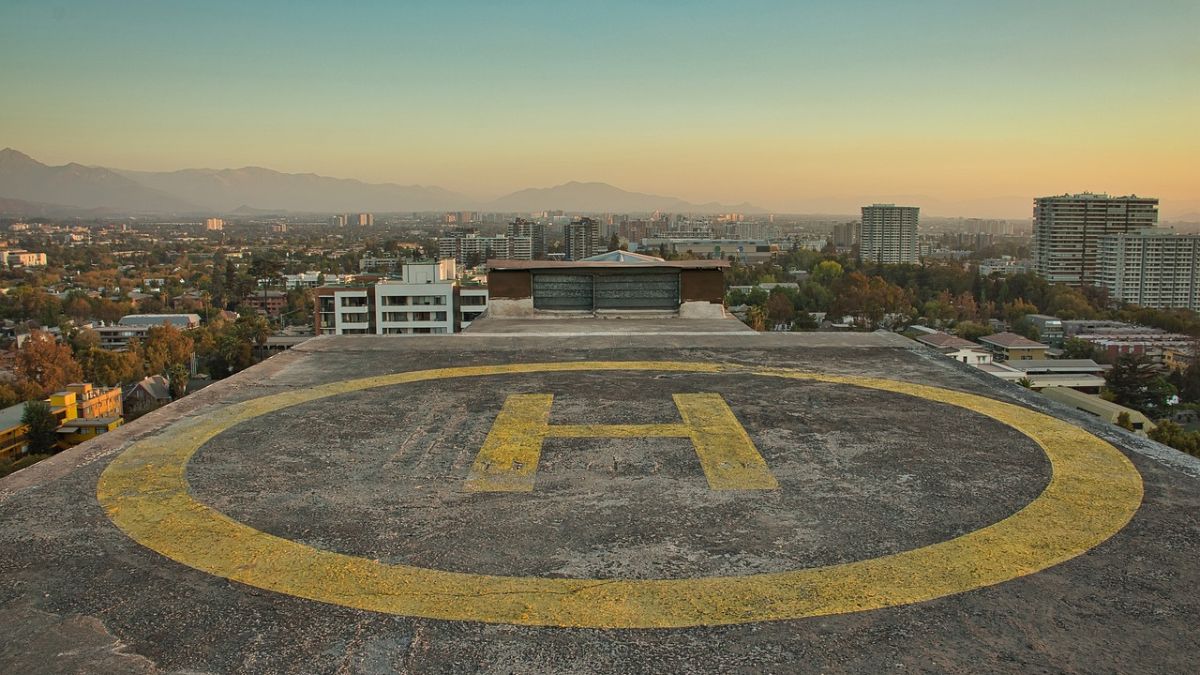Flat roofs are a practical and modern choice for many properties, offering a sleek aesthetic and efficient use of space. However, like any roof, they require maintenance and, occasionally, refurbishment so that they remain functional and long-lasting. This guide provides an overview of common issues, the benefits of professional refurbishment, and the process involved in maintaining a flat roof that stands the test of time.
Table of Contents
Common Problems with Flat Roofs
Flat roofs, though durable, are prone to a few recurring issues due to their design. One common challenge is water pooling, as the flat surface can struggle with drainage compared to pitched roofs. Over time, standing water may lead to leaks and structural damage.
Another issue is weather-related wear and tear. Extreme temperatures, heavy rain, or prolonged sun exposure can cause materials to crack, shrink, or degrade. Additionally, flat roofs are more susceptible to moss and algae growth, which can compromise the roof’s integrity if not addressed.
Benefits of Professional Flat Roof Refurbishment
Opting for professional flat roof refurbishment means your roof is repaired with precision and expertise, reducing the risk of recurring issues. Specialists have access to advanced materials and techniques that extend the lifespan of your roof, making it more cost-effective in the long run.
Professionals can also identify underlying issues that may not be immediately visible, such as compromised insulation or hidden water damage. Addressing these problems during refurbishment can boost your property’s energy efficiency and prevent costly repairs in the future.
Steps in the Flat Roof Refurbishment Process
Inspection and Assessment
The process begins with a thorough inspection to identify damaged areas and assess the overall condition of the roof. This stage helps determine the most suitable refurbishment methods.
Cleaning and Preparation
The roof is cleaned to remove debris, moss, and algae, providing a smooth surface for repairs or new materials. Any damaged areas are prepared for restoration.
Repair and Reinforcement
Cracks, leaks, and weak spots are repaired using durable materials. Reinforcements, such as additional layers or improved insulation, may also be added to improve performance.
Application of Waterproofing Solutions
A key step in refurbishment is the application of waterproof coatings or membranes. These materials create a robust barrier that prevents water ingress and extends the roof’s lifespan.
Final Inspection
Once the refurbishment is complete, a final inspection makes sure all work meets quality standards and the roof is fully protected against future damage.
Long-Term Benefits of Flat Roof Refurbishment
Investing in flat roof refurbishment pays dividends in the long term. A well-maintained roof not only improves the structural integrity of your property but also improves energy efficiency by addressing insulation issues. Refurbishment can also boost your property’s aesthetic appeal, especially if modern materials or finishes are used.
For peace of mind and the best results, consider consulting professionals with expertise in flat roof refurbishment. Their knowledge and access to innovative solutions can help you achieve a durable and visually appealing roof that lasts for years.

